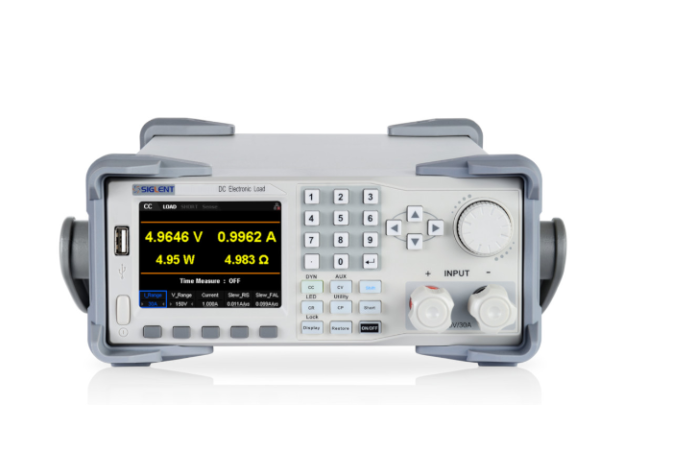Negosentro | How Do Electronic Loads Work | Without electric power, residential and commercial establishments cannot fulfill their work for their interests. Nowadays, electricity is very significant in various operations. Charging your mobile phones alone requires this energy, what more if you or your industries will be dealing with heavy-duty apparatus. In this article, you will learn about the electronic load and how it works.
Mark Gordon, Circuit Specialists CEO says, “In every electronic load provision, the best safety standards and environmental standards must be followed to ensure outcomes without the issues.”
What is an electronic load?
Electronic loads pertain to devices manufactured to provide the load to the outputs of power supply. These are for dynamic loading, either computer-controlled or programmable. Beyond being purely capacitive, inductive or resistive, real loads tend to move away from these and are much more complicated than anybody may imagine.
They also adapt the properties of the real load in such a way that an actual power source takes charge of the application. However, electronic loads offer a more controlled and organized load, compared with the random and unpredictability of your real load.
Moreover, they also guide designers to test products that utilize electronic energy, thus ensuring only the best quality, reliability, and performance. Many of these types of loads are in both AC and DC supply testing. Since they mimic the properties of real loads, they tend to also mimic other modes.
These modes include dynamic, crest factor, short circuit modes, power factor, constant resistance, constant current, and constant voltage. Operators may also program and customize the loads to follow fluctuating conditions.
How electronic loads work
Now that you have an overview of what electronic loads are, how do they work for operations?
Constant-current
Both power supply and battery tests utilize electronic loads, with the opportunity to customize based on the need for the device you have.
Among the most common methods to use electronic loads is in the constant-current mode. In this setup, the load will take a constant current from the device under test, regardless of the output voltage.
The electric current from the device under testing will go through both the current shunt resistor and the power FET. The shunt resistor’s voltage will be compared side by side with the voltage reference. The difference between these is used to manage the drain-to-source resistance, otherwise called the power FET.
Take note that if the load current is more than the desired constant current, the circuit adjusts the gate voltage of the FET to add drain-to-source resistance. In this way, it decreases the load current. If your load current is less than the desired constant current, the circuit adjusts the FET’s gate voltage to diminish drain-to-source resistance. This then increases the load current.
Constant-voltage
There are also electronic loads providing for devices under the constant-voltage mode. With this mode, the load maintains a consistent voltage for the device under testing. The constant-voltage mode is usually to test your battery charging circuit.
In the constant-voltage mode, a precision voltage divider generates the feedback signal. This also compares to a voltage reference, with the comparator’s output thus increasing or decreasing the drain-to-source resistance and the FET’s power. With this, it modifies the electronic load’s input impedance, letting it keep the constant voltage across input terminals, regardless of the range of current it sinks.
Similar to the CC mode, a digital-to-analog converter also supplies the VREF. When you change the output, the CV value also changes.
More details
The following information will also help you learn more about electronic loads. The four common variants are benchtop, slot, system, and modular.
- Benchtop. The benchtop is entry-level load, fairly inexpensive, but very limited in terms of range and accuracy.
- Slot. On the other hand, this measures a singular variable set, which is a property also found among benchtop types.
- System. This comprises the integral transient generator, offering various features for near-continuous operations. Thus, they can be more expensive.
- Modular. Meanwhile, these consist of the computer chassis, mainly for dynamic loads. They vary based on the load number for each chassis. Modular loads can test various other supplies in parallel, in a singular pass. For instance, this takes charge of the computer power supply with several outputs.
Selecting the right type should depend on the application and the testing. There are also factors to consider, and these include the highest and lowest voltage points of these electronic loads, the measurement type, the highest point in the operation, the option between one unit for each test or many units at once, dynamic applications, and more.
Finding the right electronic load for your utilization? Circuit Specialists has been providing electronic products to the STEM community for around 40 years, leveraging technology and sourcing out experts to gain access to technologies and tools that may be expensive or unavailable.
Their vast product options include test equipment, power supplies, soldering equipment, stepper motors, oscilloscopes, digital panel meters, printed circuit board fabrication, electronic parts and supplies, DAQ and industrial controls, breadboards and design aids, and chemicals.














